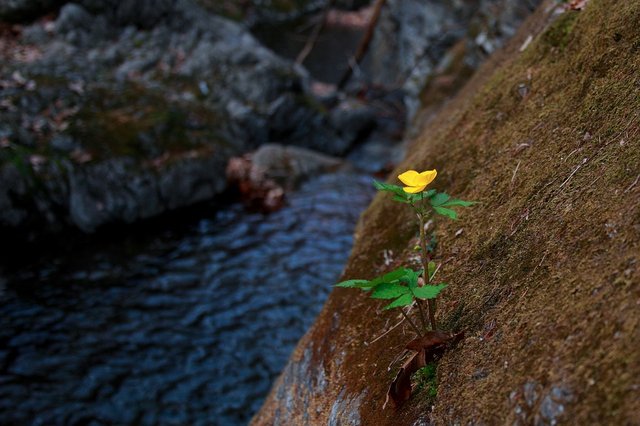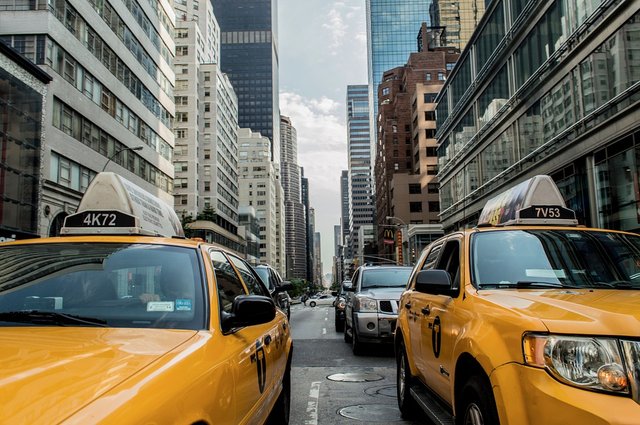How Can We Use Colour to Create Depth in Photography and Art?
We can make use of colours in photography to produce depth and atmosphere in to our images by creating layers.
There’s no need to use all the colours available to us, just three will suffice.
After all if we are composing a landscape image we should include a foreground interest, mid ground interest and a background interest. We have now achieved three layers in which we could choose to add one prominent colour in the foreground and lighter versions of it in the mid ground and background. Remember that the more distant an object is the lighter it appears, with the exception of the sun of course.
Notice how the differing shades of blue have created layers and they become a lighter shade the more distant they become, there is great depth in this image and the blue tone has introduced a cool mood to it.
By using a contrast in colour and varying brightness’s we can lead the viewer through the image with just three colours if we choose, the stronger version of the colour in the foreground and a lighter one as it falls into the background.
Our eyes like to move from cooler colours to warmer ones, this transition helps to create depth in an image. But we can use warm colours in the foreground and cooler colours in the background to give the illusion of depth too.
The single yellow flower is a simple composition but we get a sense of depth from its surroundings with the use of cooler colours even with a shallow depth of field.
Again this image shows how a warm colour in the foreground and cooler colours in the distance produces a feeling of depth.
For a better understanding on how to use colours and a more in-depth article read this page
https://zevendesign.com/creating-depth-art-photography/
If you have been following my photography articles thank you, have you looked around my website yet? https://shrewdphotography.com/



Source
You have posted an image in an artistic tag (photography, art, etc.) without attribution or source. By doing so you are claiming to be the content creator.
Plagiarism is the copying & pasting of others work without giving credit to the origional author or artist.
Repeated plagiarism or tag abuse is considered spam. Spam is discouraged by the community and may result in action from the cheetah bot.
More information on Image Plagiarism
More information on artistic tags
If you believe this comment is in error, please contact us in #disputes on Discord
The images that I use to help explain my comments in a visual way and are sourced from free to use sites, their policies or copied below.
Although I am not the creator of the images I am following their guidelines, but if this is not correct on Steemit I apologise and will give the source details in following posts.
As a newbie I appreciated you pointing out of my mistake and guidance
Using Images and Videos
Images and Videos on Pixabay are released under Creative Commons CC0. To the extent possible under law, uploaders of Pixabay have waived their copyright and related or neighboring rights to these Images and Videos. You are free to adapt and use them for commercial purposes without attributing the original author or source. Although not required, a link back to Pixabay is appreciated.
License
All photos published on Unsplash can be used for free. You can use them for commercial and noncommercial purposes. You do not need to ask permission from or provide credit to the photographer or Unsplash, although it is appreciated when possible.
More precisely, Unsplash grants you an irrevocable, nonexclusive, worldwide copyright license to download, copy, modify, distribute, perform, and use photos from Unsplash for free, including for commercial purposes, without permission from or attributing the photographer or Unsplash. This license does not include the right to compile photos from Unsplash to replicate a similar or competing service.